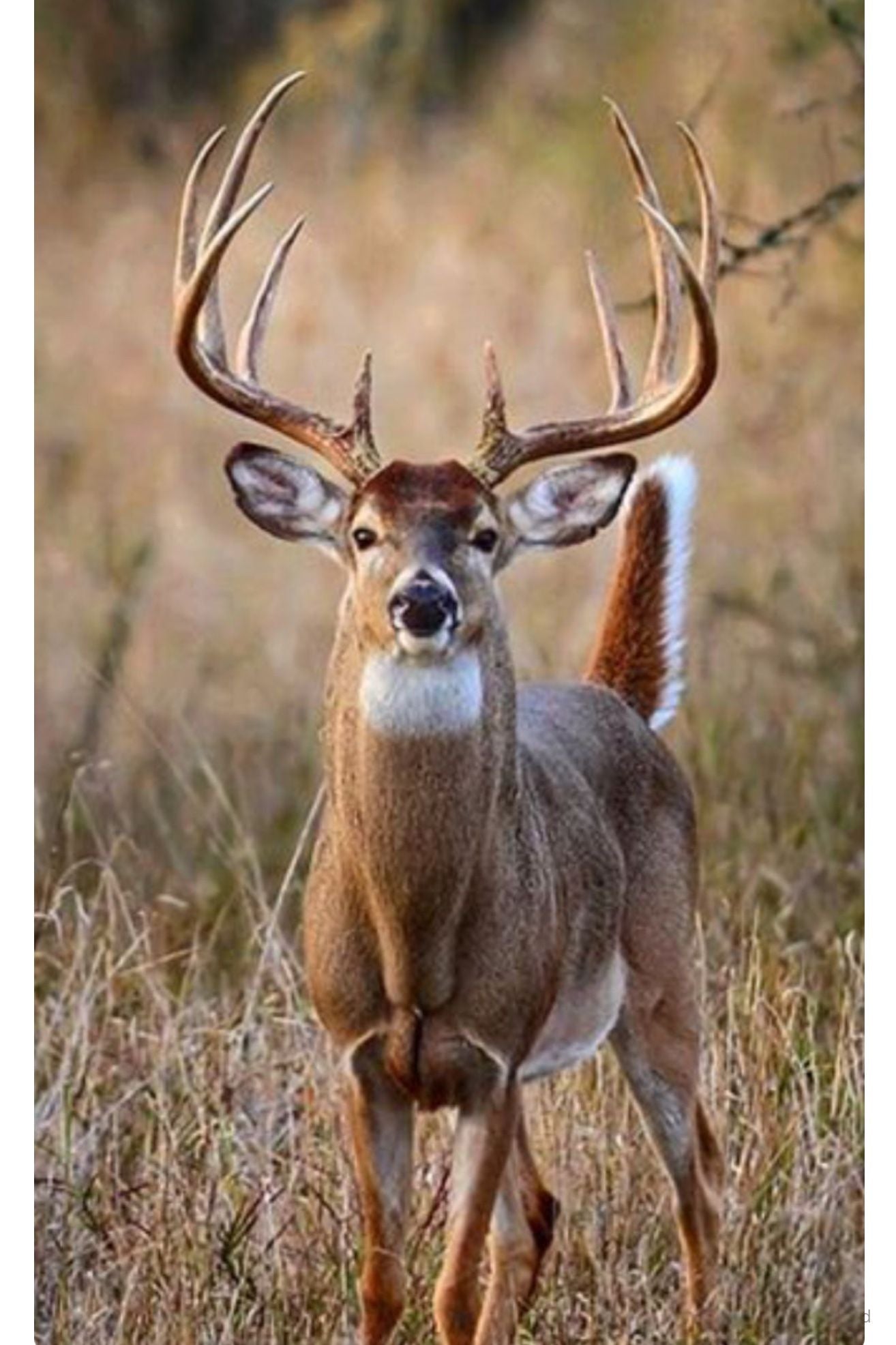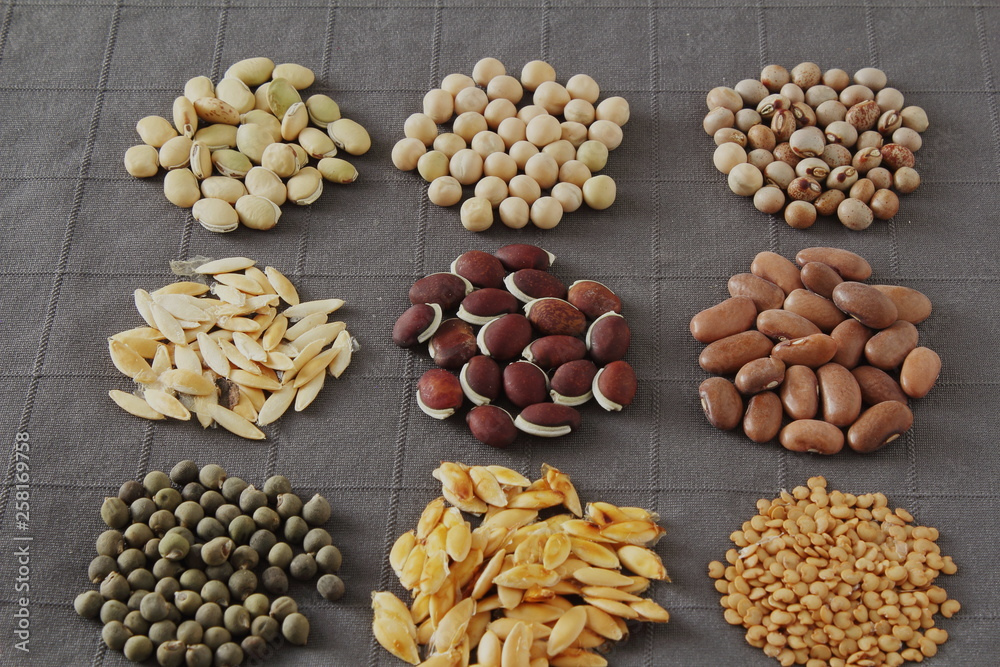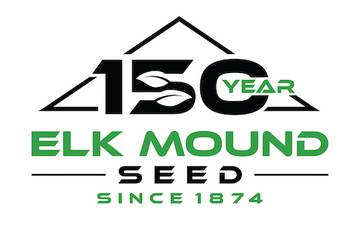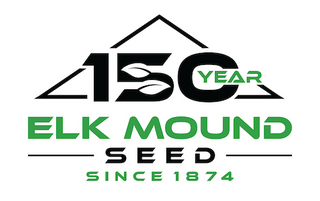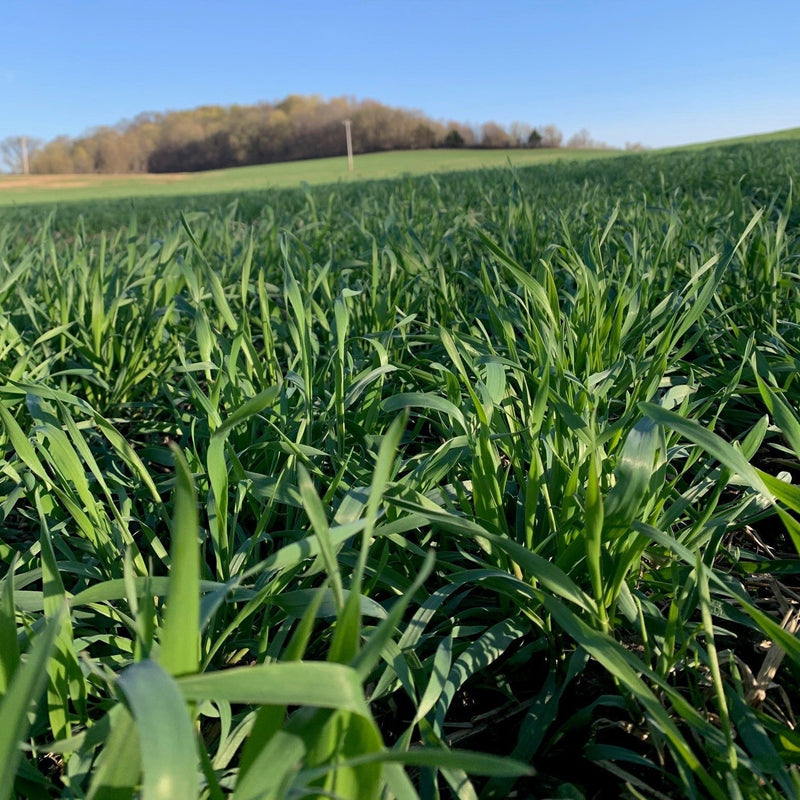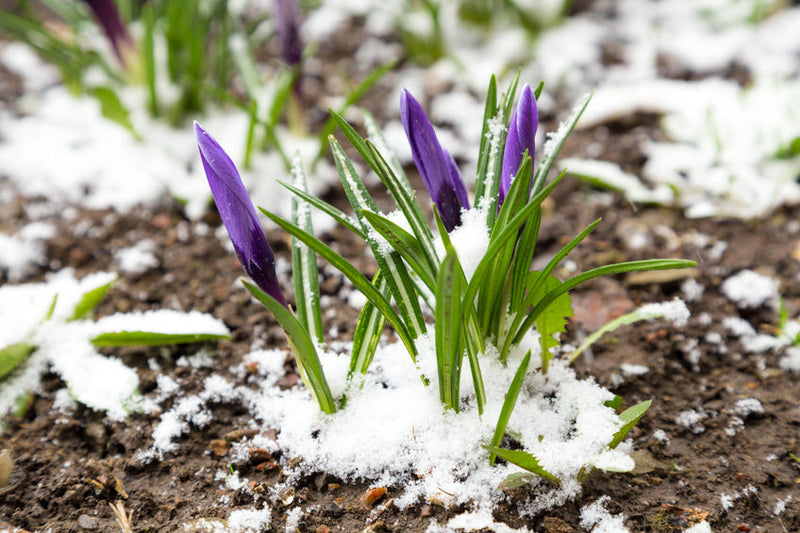
Articles – by David Harden – May 15, 2024
Tips for Designing and Planting a Winter Garden
Just because the seasons are changing does not mean your garden has to go into complete hibernation. There are a lot of different blooms that you can use to add color to your winter garden, but you also want to make sure you design the right garden based on the climate and your personal preferences. Use these tips to create a winter garden that everyone will be envious of and that you can enjoy all season long. Know Where You Want to Plant The first thing you need to determine is where you will be planting the seeds. By determining this component, you are able to figure out what kind of sunlight you can offer to the plants. This will help you to determine which seeds you should plant and which ones you need to stay away from. Once you have figured out where you will plant, you can determine if you have full sunlight in the area or partial sunlight. You can also determine if there is good drainage in the soil, which is important for winter flowers in many cases. Find Seeds and Flowers Next, you’ll want to find out which seeds you want to plant. There are a lot of options available on our website including some good mixes to help get you started. Some winter plants offer full blooms in moderate areas, while others really only offer added greenery for the winter. This is something you want to look into because if you’re looking for full blooms, you’ll want to find the right seeds. You not only want to make sure that the seed is ideal for the location, but also ideal based on what you want to create with your winter space. Creating a winter garden is not difficult to do once you know what you need to do to ensure success and once you take the time to figure out what you want. Browse through our selection of both winter and summer plant seeds to find the best mix for you.

